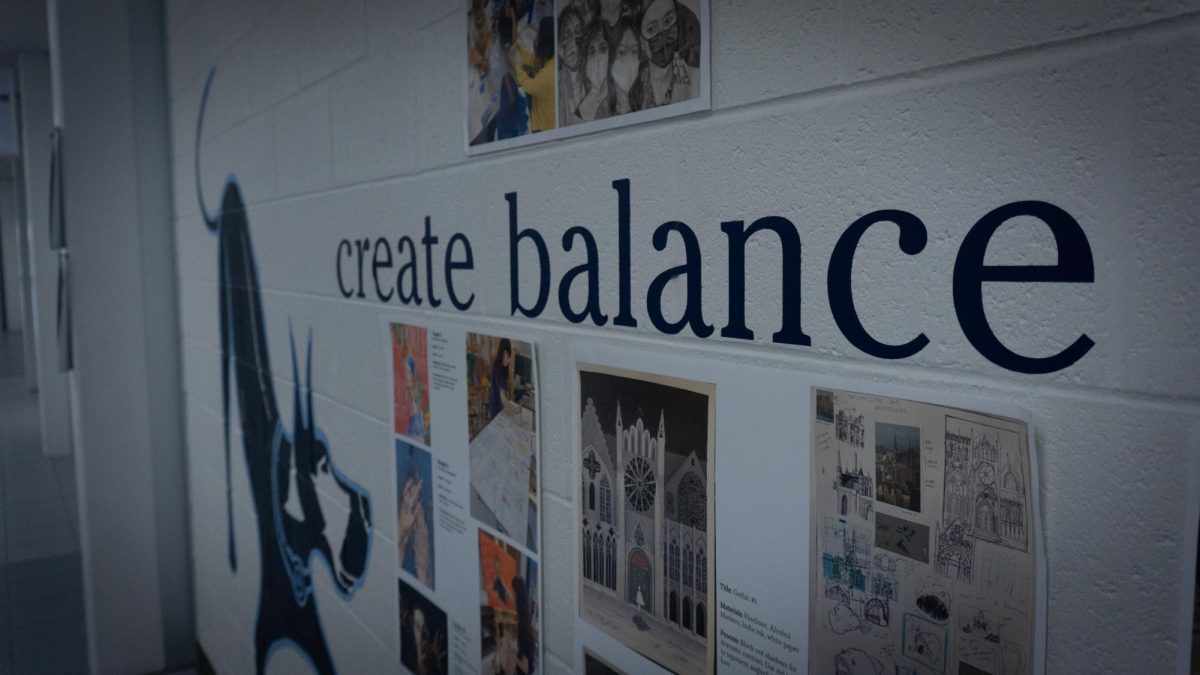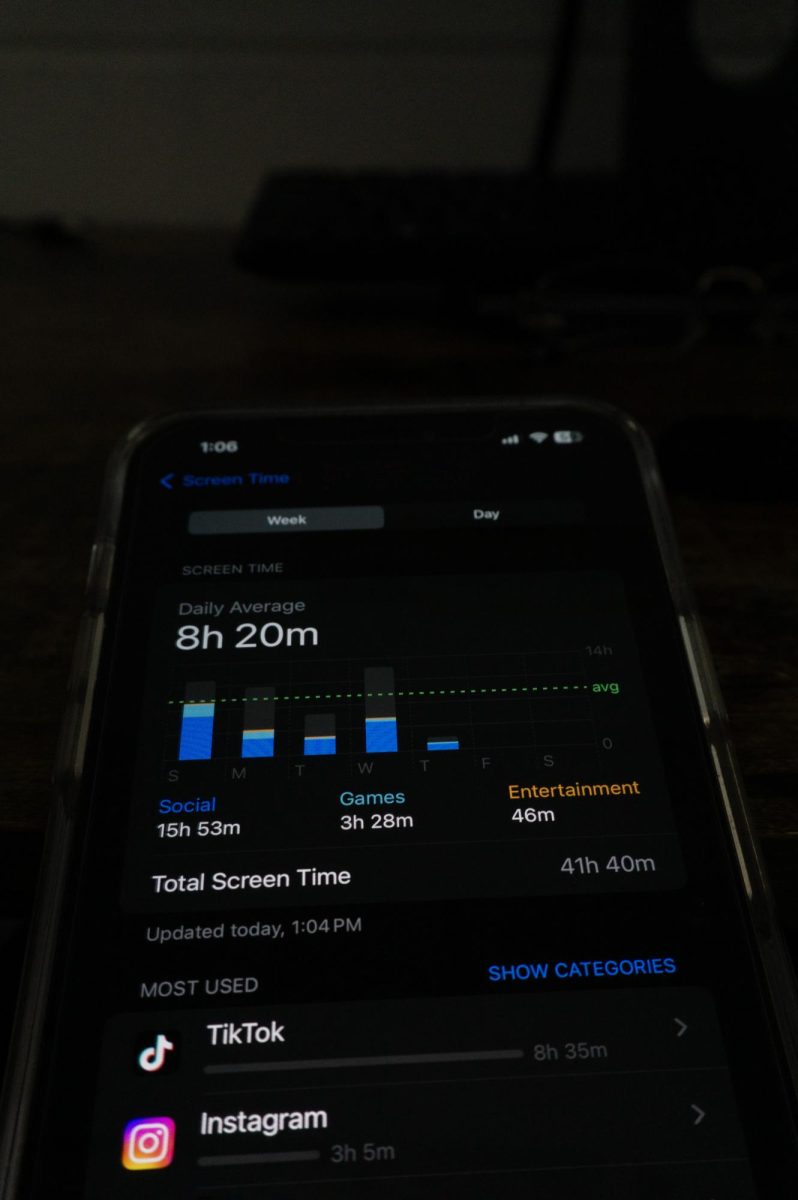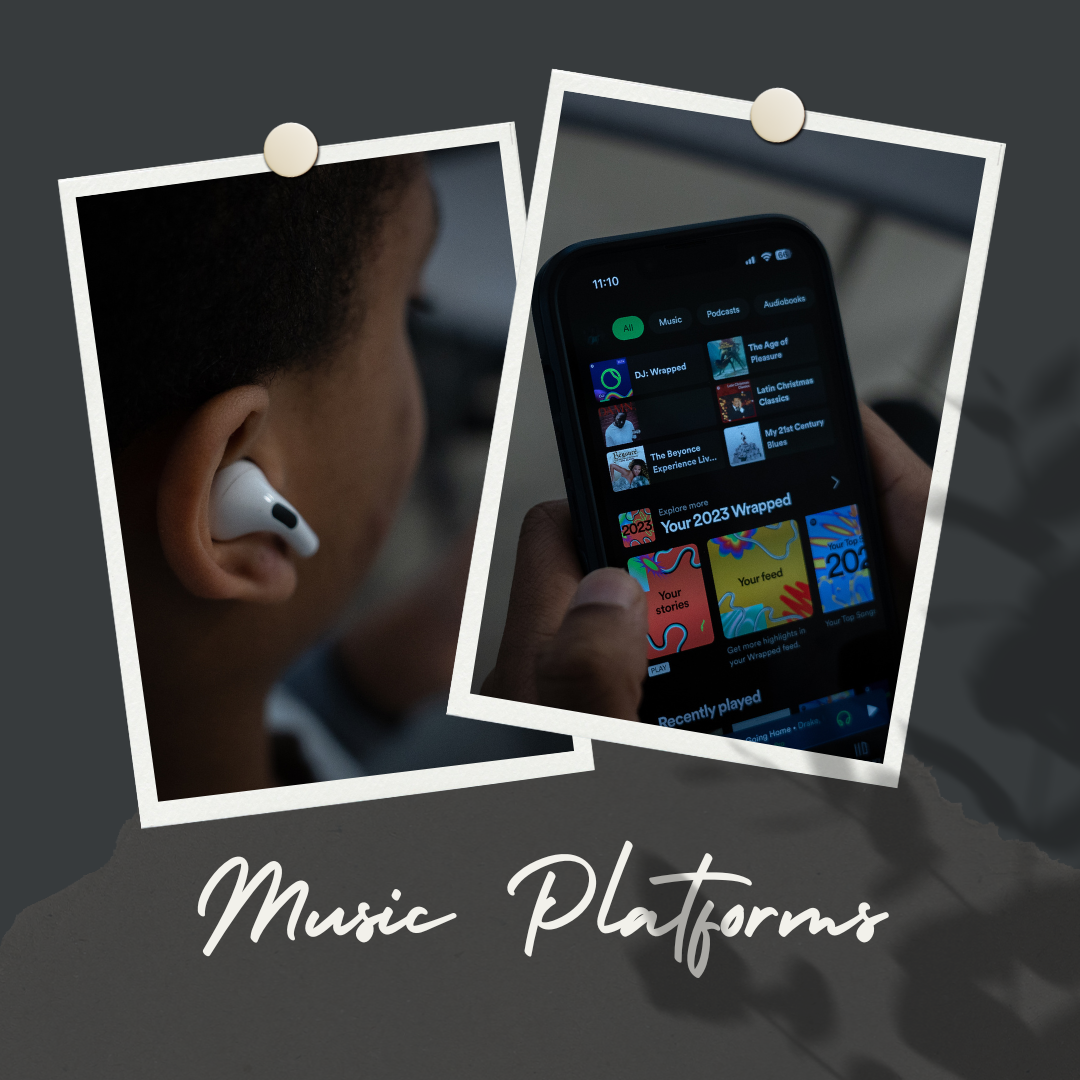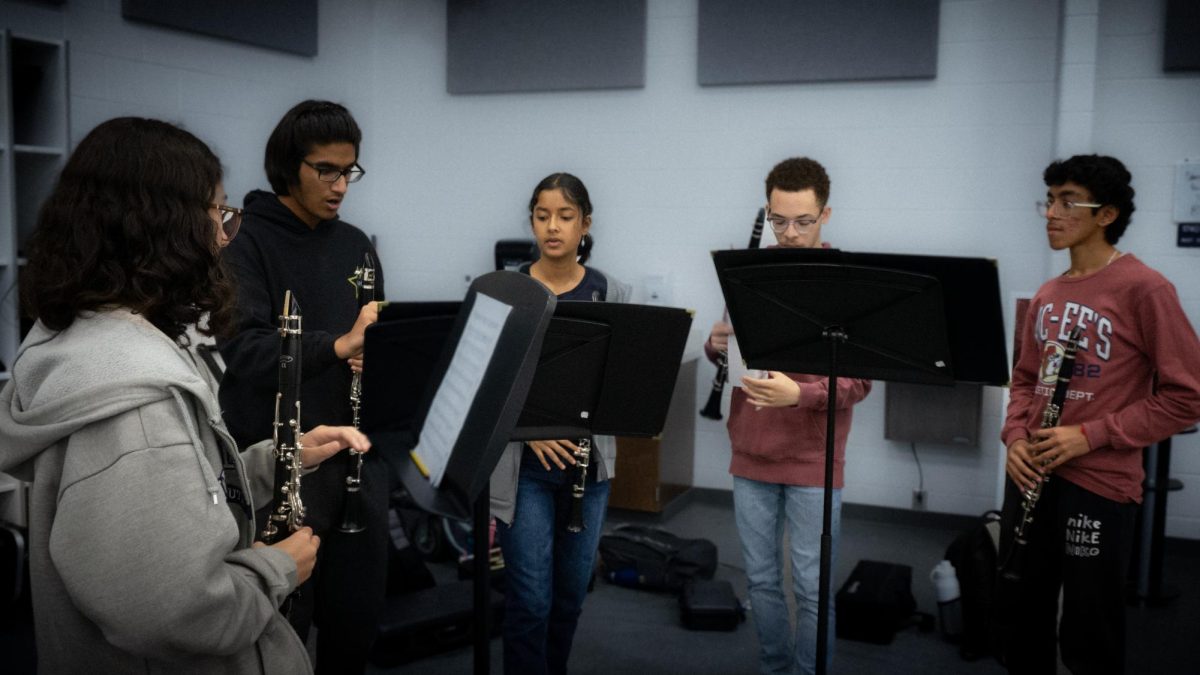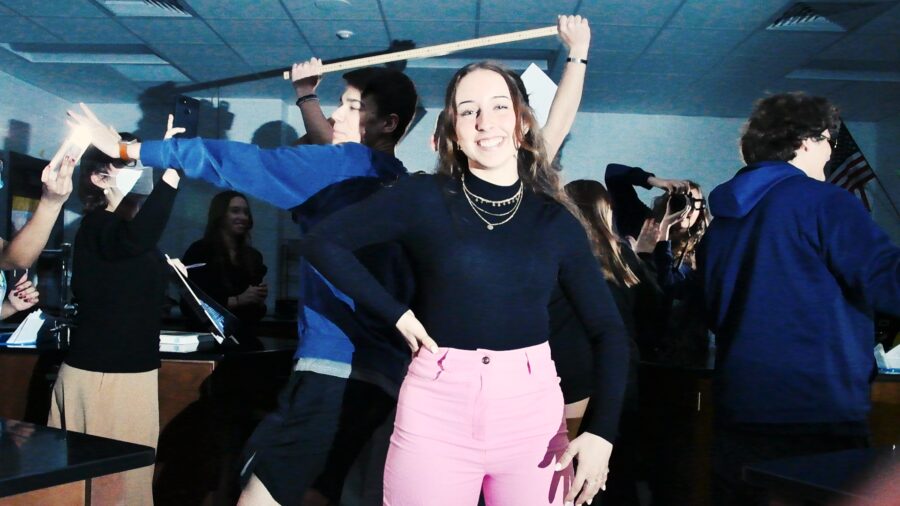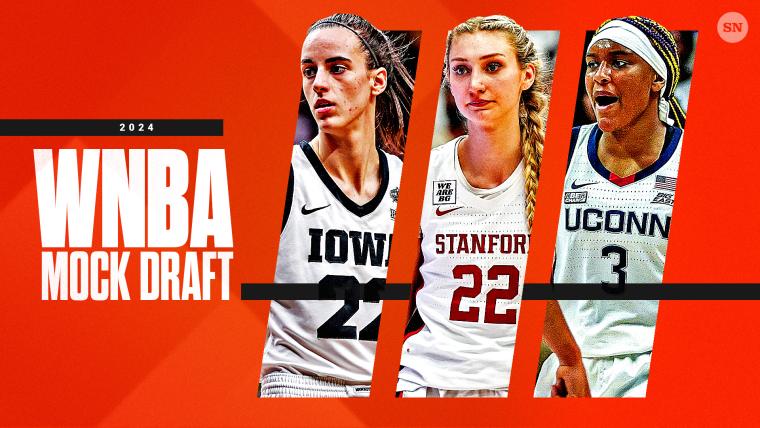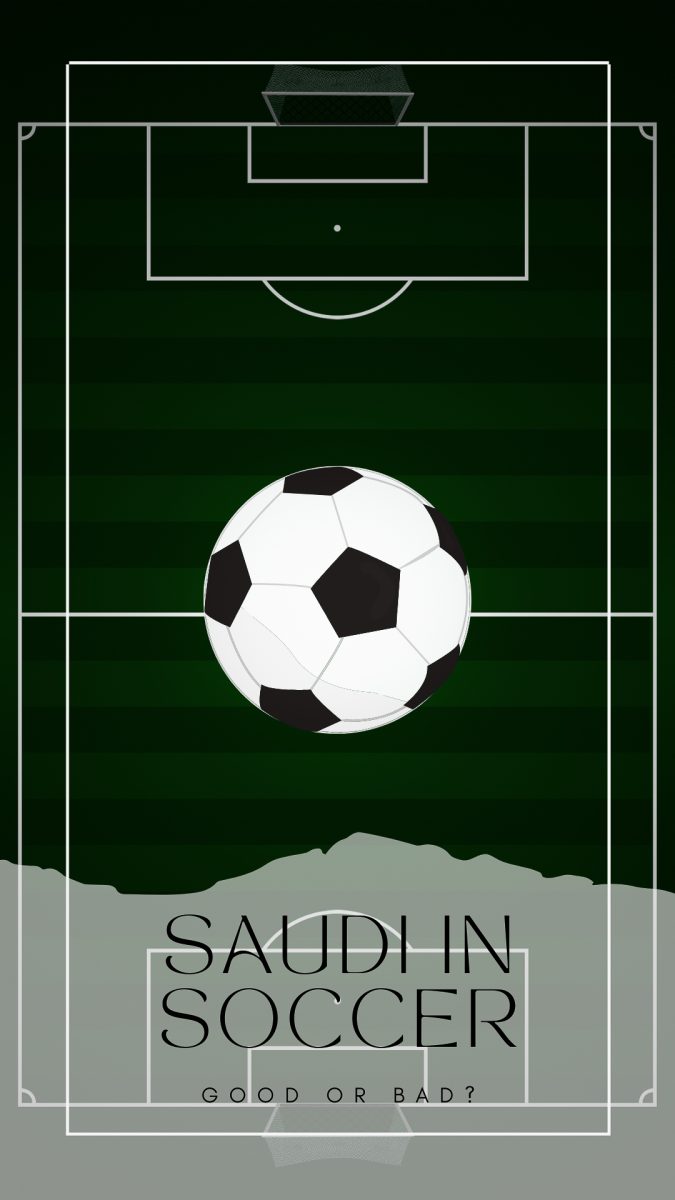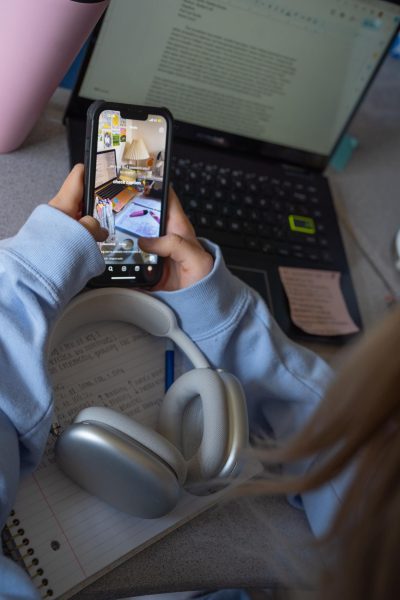March’s Musical Mania
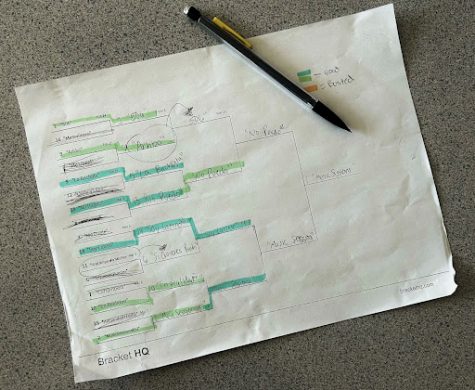
16 artists line up for the match of music, preparing to go head to head in strenuous battles. Will they take home the golden glory or walk away empty-handed? A month of mayhem, it’s the best time of year for both well-devoted basketball fans and fun-loving high school language teachers— It is March Madness.
March Madness began as a single-elimination basketball tournament played each spring in the United States, where fans could make brackets predicting the winning team. In recent years, the match has gained tons of acclaim in the media; so much that businesses, organizations, and even schools are creating their own versions of the tournament. For schools, the event has had no greater impact than on world language teachers. In 2014, a teacher at SpanishPlans.org created a tournament called Mania Musical, in which students voted on popular Spanish songs throughout the month of March until there was one song left. This was modeled after the NCAA March Madness basketball tournament, and it has since been an admired educational resource for teachers. In 2017, two middle school French teachers from Maine took inspiration to create their own version for French classes, and Manie Musicale was born. The teachers, Stephanie Carbonneau and Michelle Fournier, explained that their goal was to increase student engagement in the French language and culture. Today, March Madness prevails through foreign language classes across the country.
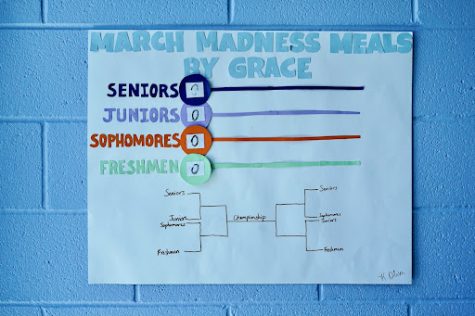
March Madness is an engaging way for students to learn cultural aspects from around the world, and oftentimes assignments are included with each song to further dive into the horizons. The songs are amongst various genres as well, exposing students to multitudes of music as opposed to a single country cliché.
American music has so much versatility that it can’t be defined by a single style, and Latin and French music are no different. Latin music itself comprises a wide range of genres stemming from over 33 countries, including Spain, Central America, South America, and more. Popular Latin music tends to be in a fast tempo, its rhythmic patterns apparent. The songs are usually structured to have a long introduction, two shorter verses, and then once again a long verse to close off, building the intensity. Reggaeton is another popular Latin genre, and it follows this same pattern.
Meanwhile, French music focuses on harmonic clarity. It’s sometimes criticized for not having that cutting-edge appeal that other place’s music has, but that doesn’t take away from its beauty. Traditionally, tune and lyrics are the focal point of songs, as this gentleness alludes to the French idea of well-crafted songs. It is also notable that French music emits more positivity than American music does, as third year French student, Makayla Bowen, remarks, “Many of these songs are uplifting, and they encourage people to do better in life. Lyrics like this are not often seen nowadays through American music.” While there are indeed popular American songs that emphasize bright outlooks, such as “Living on a Prayer” by Bon Jovi or “Firework” by Katy Perry, the majority of Americans’ favorite songs are about heartbreak and hardships. Despite the critical differences in Latin and French music compared to that of America, one genre that sounds the same internationally is pop. Whether it’s Spain or France or Colombia or Canada, generic pop music is heard and appreciated all around the world.
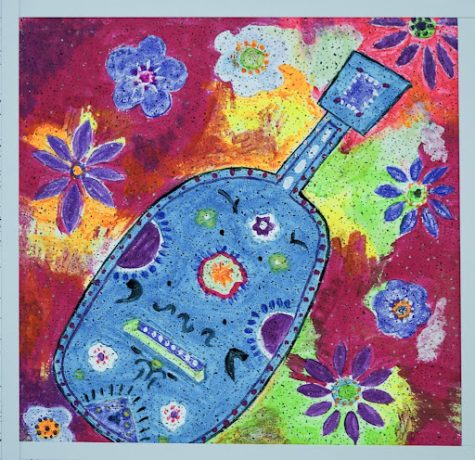
Learning about other cultures brings an understanding to the copious perspectives of society. This helps to eliminate stereotypes or personal biases of different groups. In addition, cultural diversity is crucial to respecting “ways of being” that aren’t necessarily one’s own. According to Ava Kelman, a third year Spanish student, “There are some times allocated for cultural aspects of the language, but that is mostly in conjunction with the grammar and vocabulary.” Since lessons are not typically constructed around culture, many teachers like to participate in March Madness to immerse their students in music. All that is required is for students to listen to each song and vote, which only takes about 10 minutes. Kelman enjoys listening to the music, explaining, “The music is very catchy, and I couldn’t find myself wanting to turn it down. Funnily enough, it’s far different from my own music taste, and I’m not one to really explore new music.” With this surge in participation, it proves that students want to keep learning about other cultures, as it gives them a reason to step out of their own compasses.
Appreciating culture builds respect and empathy for the lives of others, and it encourages students to celebrate each others’ similarities and differences. March Madness’s daily votes liven foreign language classrooms across the world, and it brings us together through beautiful music.

An older sister, a writer, and an artist. My mind is its own universe filled with stories I am eager to share, whether that be through written words or...




